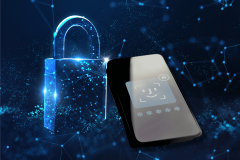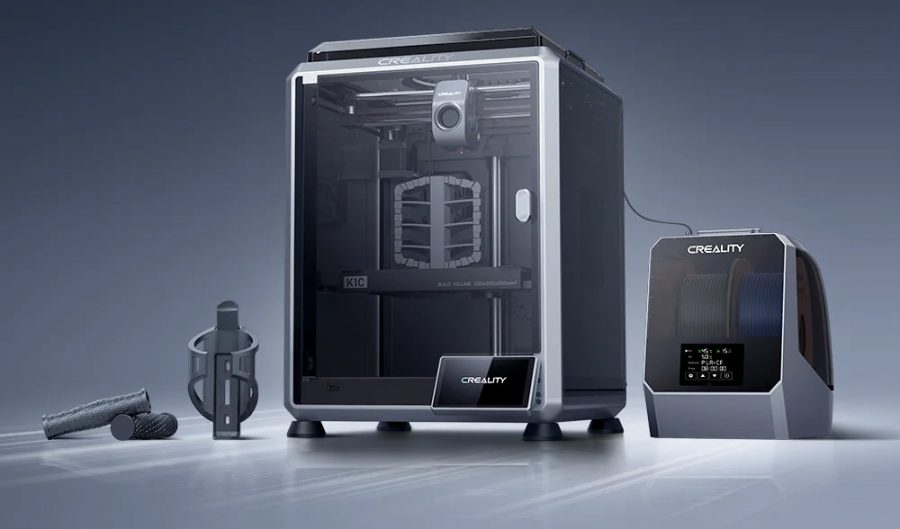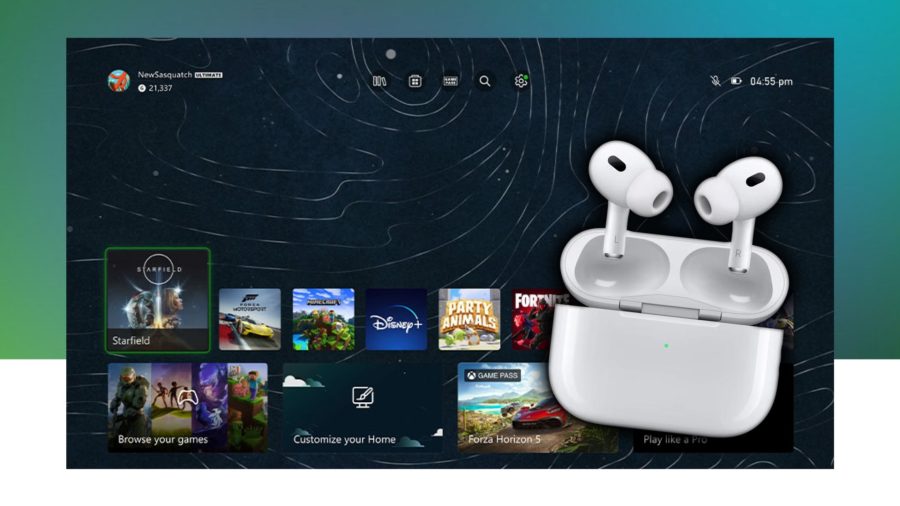Apps come in all sorts of shapes and sizes, well, sort of. I’ve always loved Utilities, something that lets you do something other than what the OS was originally designed to let you do. With that in mind its nice to see a slightly unorthodox app named BLE Beacon Scanner on the Samsung Galaxy Apps Store. This utility lets you scan for Bluetooth Low Energy, iBeacon and Eddystone devices and has been released for the Gear S2 and Gear S3 smartwatches. The main aim of the app is to help the Bluetooth community – that includes developers and end-users alike.
BLE Beacon Scanner was developed and designed to assist anyone who wants to build a BLE product or application. This is a versatile utility that can even help you ‘track down’ your lost Fitness Trackers and other Bluetooth Smart Devices.
Features
- Scan near by Bluetooth Low Energy, iBeacon and Eddystone devices.
- Find your BLE device in proximity using Radar view.
- RSSI helps to find out how far your devices are.
- Lower the number the closer you are to the source i.e. -25 very near and -80 is far from your BLE device.
- Check device compatibility for BLE.
![]()
![]()
![]()
![]()
At the moment the number of devices that currently support BLE is quite small, but it is expanding and it is an exciting technology to be part of. A use case scenario for this technology might be as simple as someone walking past a Billboard and it starts displaying targeted special offers from local shops, all achieved by the billboard receiving the identifier and accessing the customers recorded shopping history.
The iBeacon protocol was originally developed by Apple and introduced at the Apple Worldwide Developers Conference in 2013. Hardware that uses this technology is not a closed OS affair, as the case usually with Apple devices and OS, as hardware vendors have made iBeacon-compatible hardware transmitters. The devices are typically called beacons, which are a class of Bluetooth Low Energy (BLE) devices that broadcast their identifier to nearby portable electronic devices. Equipment that receives this identifier can then determine its physical location, track customers, or trigger a location-based action.




















